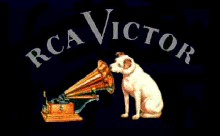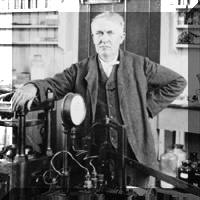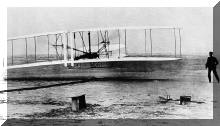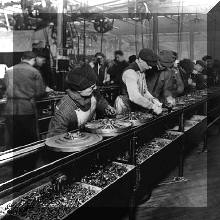|
USII.5a Early 20th Century -Transportation, Communication, Electrification |
|
|
The student will demonstrate knowledge of
the social, economic, and technological changes of the early twentieth
century by a) explaining how developments in transportation (including the use of the automobile), communication, and electrification changed American life. |
|
|
How was social and economic life in the early twentieth century different from that of the late nineteenth century? |
|
|
Technology extended progress into all areas of American life, including neglected rural areas. |
|
Results of
improved transportation brought by affordable
automobiles •
Greater mobility •
Greater mobility • Creation of jobs • Growth of transportation-related industries (road construction, oil, steel, automobile) • Movement to suburban areas
Invention of the airplane
|
• Development of the radio
(role of Guglielmo Marconi) and broadcast industry (role of David Sarnoff)
and broadcast industry (role of David Sarnoff)• Development of the movies Ways electrification changed American life • Labor-saving products (e.g., washing machines, electric stoves, water pumps)  • Electric
lighting • Electric
lightingRead about Edison's Light Bulb Watch one of Edison's Kinetiscope Movies
|



 • Entertainment (e.g., radio)
• Entertainment (e.g., radio)